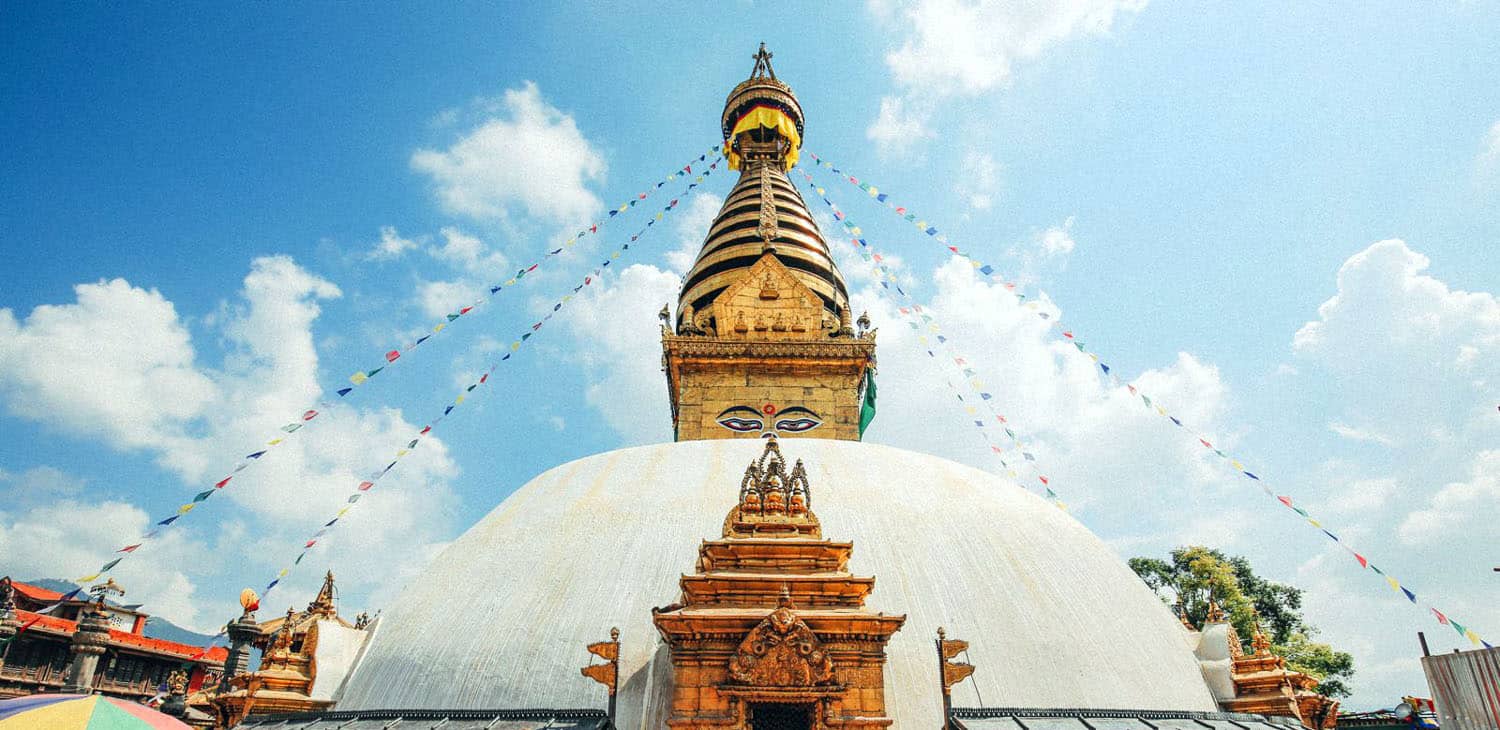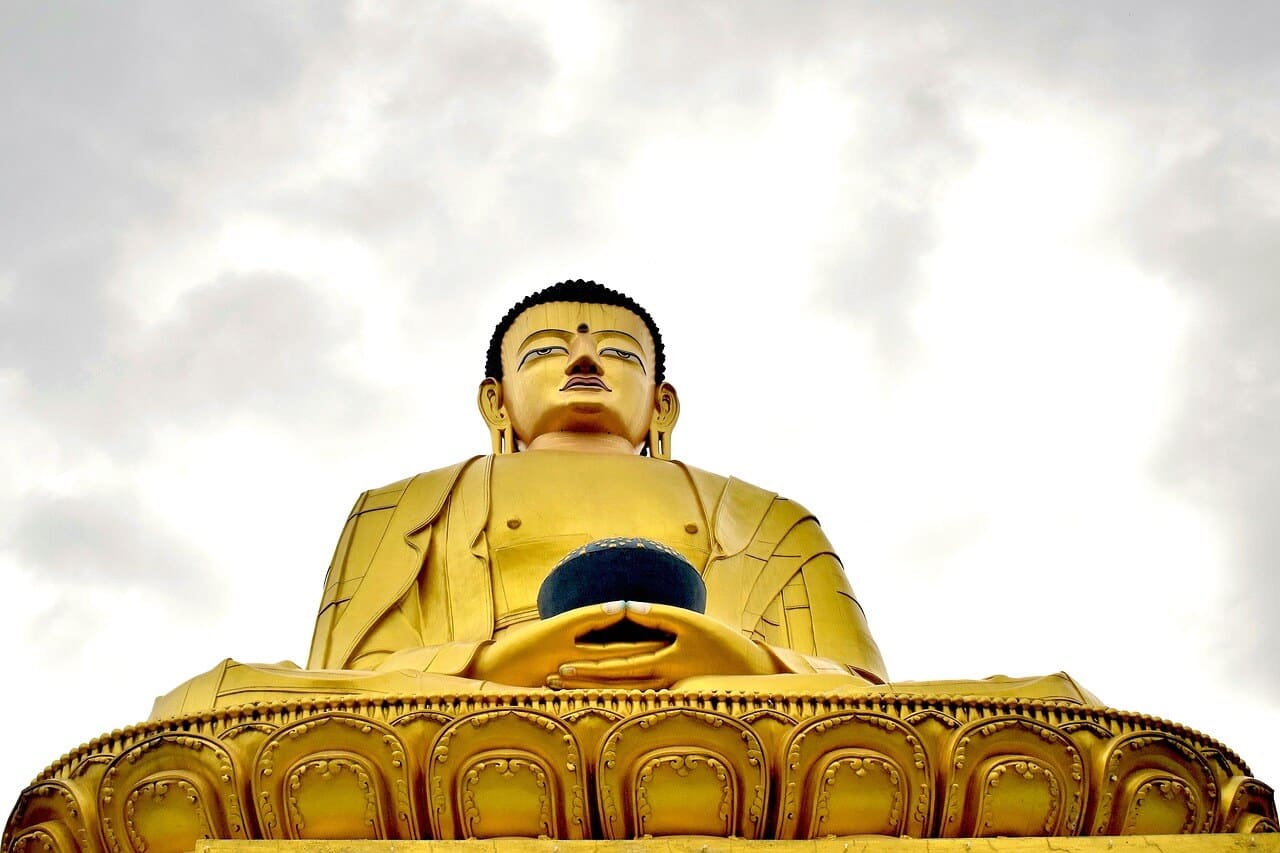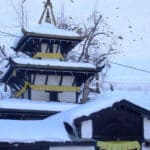Muktinath Temple in Nepal: A Sacred Journey to Divine Serenity
Located in the grand Himalayas of Nepal, Muktinath Temple is a highly sacred pilgrimage site for both Hindus and Buddhists. Situated at a height of 3,710 meters in the Mustang district, this hallowed shrine is a site of divine peace, and it draws thousands of pilgrims and travelers in search of spiritual refuge and stunning scenery. Muktinath, or “the place of liberation,” is of deep religious importance and provides a tranquil experience within the giant snow-capped mountains.
Spiritual Significance
Hindus consider Muktinath Temple to be one of the 108 Divya Desams, the sacred temples devoted to Lord Vishnu. It is related to salvation (moksha), and pilgrims think that a trip to Muktinath washes away their previous sins so that they are free from the cycle of birth and rebirth. The deity, Lord Vishnu, is worshipped in a golden idol within the temple.
To Buddhists, Muktinath is as important as it is one of the 24 Tantric sites. Guru Rinpoche, or Padmasambhava, is said to have meditated on his way to Tibet here, which further adds to its spiritual significance. The temple complex contains a Buddhist monastery, reflecting harmony in religion between Hinduism and Buddhism.
The 108 Sacred Water Spouts and Eternal Flame
A distinguishing feature of Muktinath Temple is the occurrence of 108 water spouts, also called “Muktidhara,” that cascade fresh water from the holy Kali Gandaki River. The devotees bathe ritually beneath these spouts, thinking that it will cleanse their soul and grant them blessings. 108 is an auspicious number for Hindus and Buddhists, contributing to the sacred beauty of the temple.
Another interesting aspect of Muktinath is the eternal flame, “Jwala Mai.” This flame, which burns day and night over a natural gas source, is considered a divine manifestation. The presence of earth, water, fire, and air in one location makes Muktinath a very mystical pilgrimage site.
Travel to Muktinath
Traveling to Muktinath is an experience in itself. Pilgrims and tourists can choose various routes based on their comfort and affordability:
By Air and Road: The easiest option is to fly from Kathmandu to Pokhara and then take a short flight to Jomsom. A 2-3 hour scenic jeep ride from Jomsom brings you to Muktinath.
By Trekking: For adventure lovers, trekking to Muktinath through the Annapurna Circuit or Jomsom is a thrilling experience. The trek is full of scenic landscapes, varied terrain, and interactions with local Tibetan-influenced culture.
By Road: The drive from Pokhara to Muktinath through Jomsom is another alternative. Long and tiresome, but full of spectacular scenery of the world’s deepest gorge, Kali Gandaki Gorge, the drive is a great choice.
Best Time to Visit
The ideal time to go to Muktinath Temple is from March to June and September to November. The weather is pleasant, and the roads are easier to travel during these times. Winters (December to February) are severe with heavy snowfall, and it is not easy to travel, whereas monsoons (July to August) have unpredictable rains and landslides.
Cultural and Natural Beauty
Aside from its religious significance, Muktinath provides tourists with a chance to experience the stunning scenery of the Mustang valley. The terrain is an entrancing mix of rocky hills, deep gorges, and white peaks. The local Tibetan way of life, with its prayer flags, monasteries, and friendly hospitality, adds depth to the experience. Tourists can also visit surrounding sites such as Kagbeni, Jomsom, and the holy Kali Gandaki River, famous for its unique Shaligram stones, which are sacred to Hindus.
Conclusion
A visit to Muktinath Temple is more than just a pilgrimage—it is a transformative journey of faith, adventure, and self-discovery. Whether you seek spiritual enlightenment, an escape into nature, or an unforgettable Himalayan experience, Muktinath offers it all. The temple’s mystical aura, combined with its stunning surroundings, makes it a must-visit destination for anyone traveling to Nepal.








